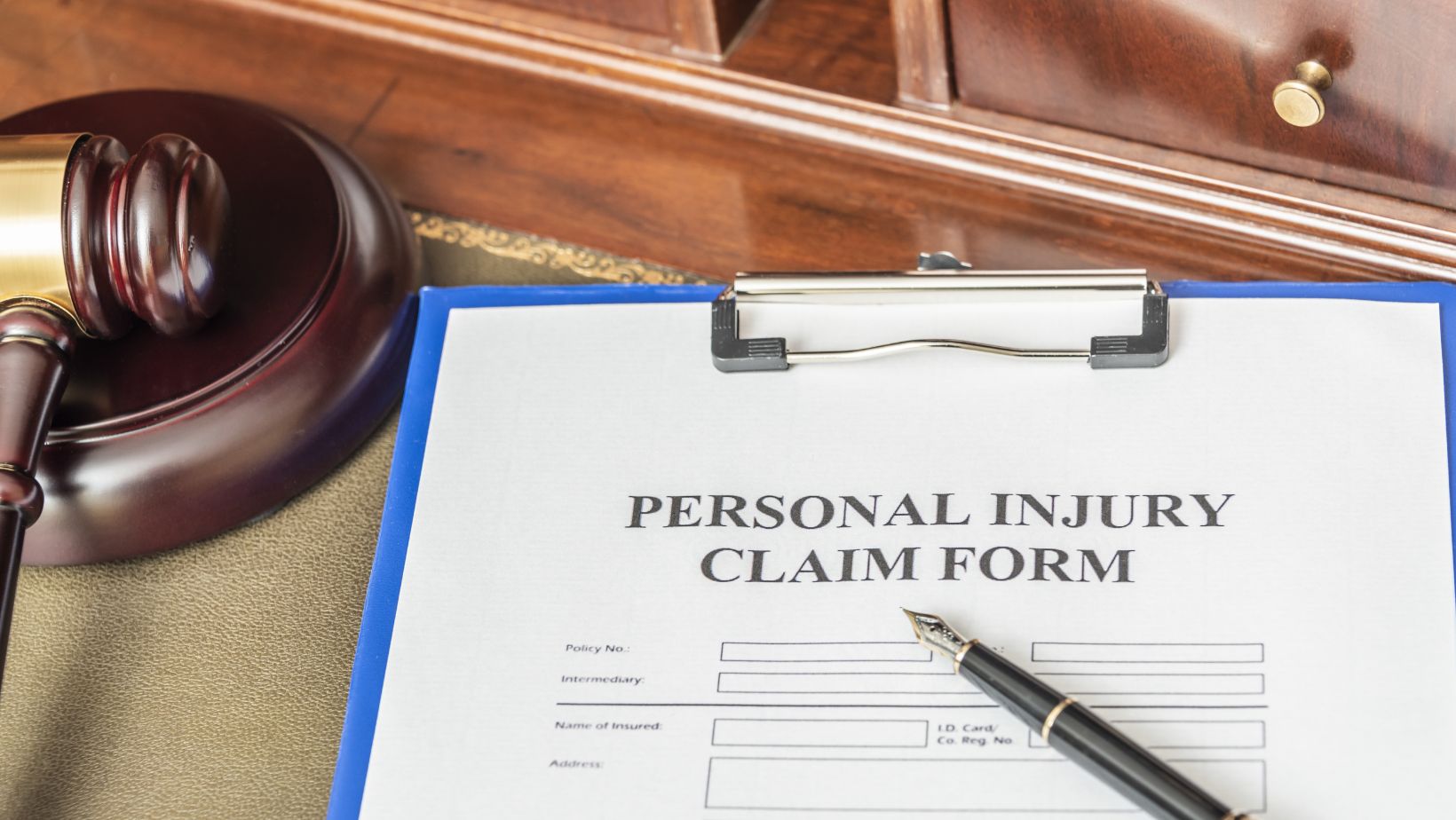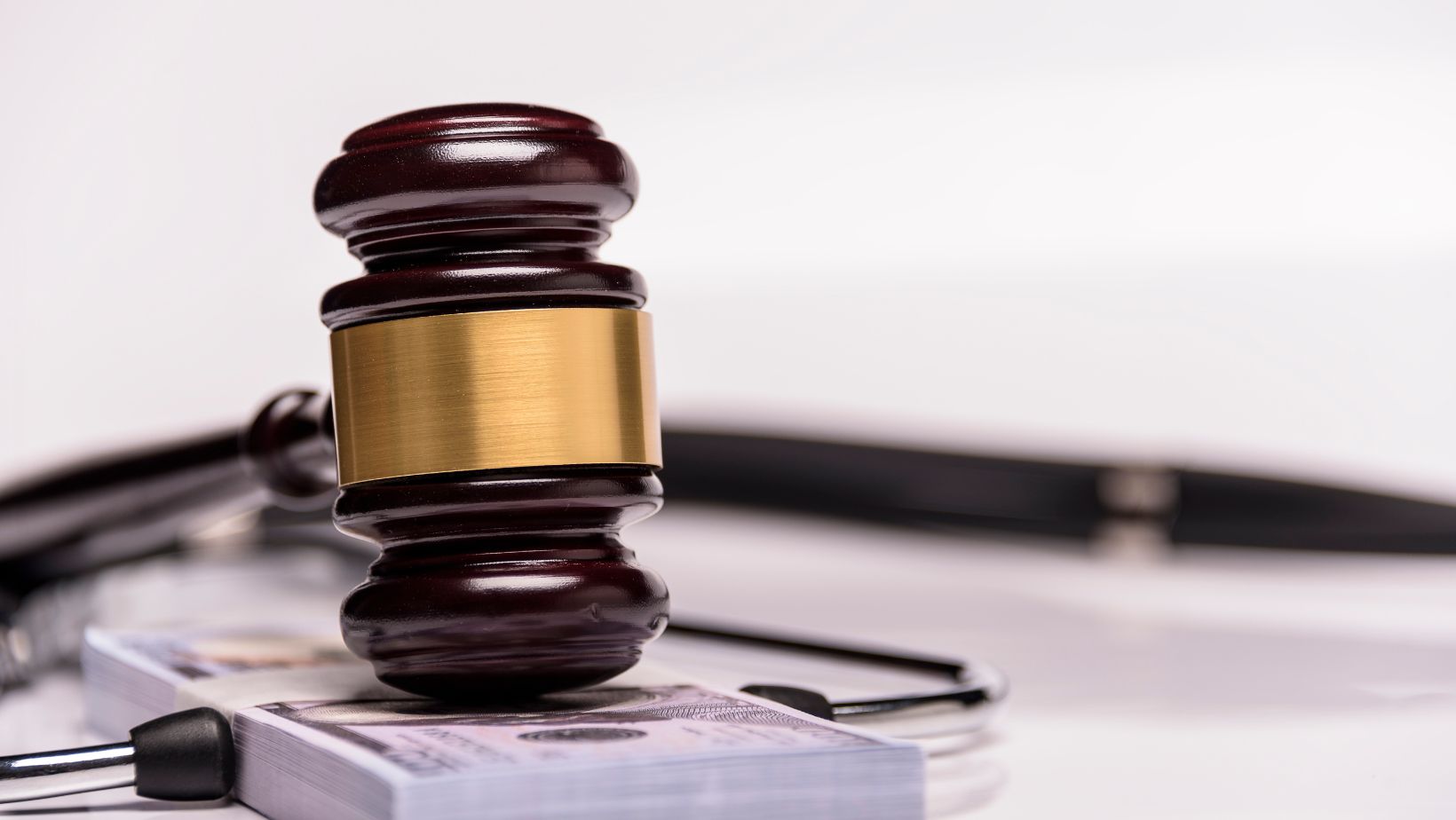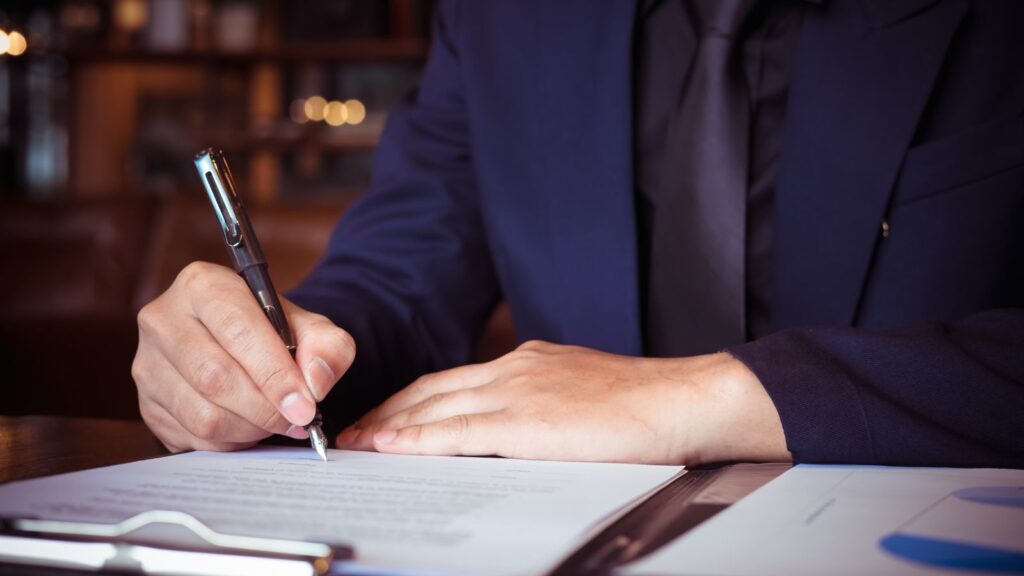Amusement parks are designed to deliver fun, thrills, and family memories—but when safety measures fail, the results can be devastating. While accidents at amusement parks are relatively rare, they can lead to serious injuries, long-term medical complications, and emotional trauma. In some cases, those injuries are the direct result of negligence—by ride operators, park staff, equipment manufacturers, or even park management.
Understanding whether your injury qualifies for a personal injury claim can be confusing. Not every mishap leads to liability, but when your injury is caused by unsafe conditions, lack of proper maintenance, or staff error, you may have a strong legal case. Knowing the key elements of negligence in amusement park settings helps you evaluate your situation and determine whether you should take legal action.
Types of Amusement Park Injuries
The types of injuries sustained at amusement parks can range from minor bruises to life-threatening trauma. Rides that malfunction, food areas with slippery floors, or unsecured equipment can all create hazardous conditions for parkgoers.
Common Injuries Include:
- Whiplash and neck/back injuries from abrupt stops or jerky ride movements.
- Broken bones and lacerations from falls or structural failures.
- Head injuries are caused by poor ride restraints or impacts during crashes.
- Heat exhaustion or dehydration due to long lines in poorly shaded areas.
- Internal injuries from blunt-force trauma or ejection from a ride.
Some injuries are visible immediately, while others, such as concussions or internal bleeding, may develop over time—making it essential to seek medical care right away after an incident.
What Constitutes Negligence at an Amusement Park?
To pursue a negligence claim, you must demonstrate that the amusement park or its employees failed to meet their duty of care, directly leading to your injury. This failure could result from improper maintenance, employee error, or unsafe design.
Negligence might include:
- Failure to inspect and maintain rides properly
- Inadequate staff training or supervision
- Lack of warning signs for known hazards
- Unsafe crowd control or emergency response procedures
- Improper ride restraint systems
Proving negligence requires connecting the park’s actions—or inactions—to the harm you suffered. If the park ignored a known issue or failed to adhere to safety protocols, this could support your claim.
The Role of Ride Malfunctions and Design Flaws
Some injuries stem from malfunctions or flawed ride designs rather than human error. In these cases, manufacturers, engineers, or third-party contractors may also be held accountable. If a ride fails due to a mechanical defect, improper assembly, or lack of regular inspections, multiple parties could share liability.

Expert investigation is often needed to determine if faulty design, worn-out parts, or maintenance oversights contributed to the accident. In such cases, your legal team may bring in engineers, ride inspectors, or safety consultants to evaluate the evidence.
Premises Liability and Dangerous Conditions
Amusement parks must keep walkways, food courts, parking lots, and other non-ride areas safe for guests. A slip on a wet floor, a fall due to poor lighting, or injuries from broken handrails could fall under premises liability law rather than product liability.
If you were injured in a non-ride area of the park, your attorney will evaluate whether the park failed to maintain a reasonably safe environment. Among the best personal injury lawyers in Houston, The Doan Law Firm in Houston is known for delivering results that matter to its clients and can help you gather key evidence—such as photos of the hazard, witness statements, and incident reports—to build a strong case.
What to Do Immediately After an Amusement Park Injury
If you or a loved one is injured at an amusement park, your actions in the aftermath can significantly impact the strength of your claim.
Key Steps to Take:
- Seek medical attention immediately, even if injuries seem minor.
- Report the incident to park management and request a written copy of the report.
- Document the scene by taking photos and gathering contact info from witnesses.
- Keep all medical records and receipts related to the injury and treatment.
- Avoid giving recorded statements to the park’s insurance without legal counsel.
These steps help preserve evidence and demonstrate the seriousness of the injury, which is critical in a negligence claim.
When Parental Waivers May Not Protect the Park
Many amusement parks require parents or guardians to sign liability waivers before allowing children to participate in certain attractions. While these waivers are designed to limit the park’s responsibility in case of injury, they are not always legally enforceable—especially when negligence is involved.

If a child is injured due to poorly maintained equipment, lack of supervision, or failure to follow safety protocols, the waiver may not hold up in court. In cases involving gross negligence or willful misconduct, courts often rule in favor of the injured party, particularly when minors are involved. Parents should not assume that signing a waiver eliminates their legal options—especially if clear evidence of negligence exists.
Recognizing Emotional and Psychological Trauma After an Incident
Physical injuries are often the focus of amusement park accident claims, but emotional and psychological trauma can be just as damaging—especially for children. Being trapped on a malfunctioning ride, witnessing a serious injury, or experiencing a sudden fall can leave lasting mental health effects such as anxiety, PTSD, and sleep disturbances.
These emotional injuries may require therapy or counseling and can significantly impact quality of life. In many cases, emotional distress is a compensable damage under personal injury law. If you or your child have experienced psychological harm following an amusement park incident, be sure to include this aspect in your legal claim and obtain proper medical documentation to support it.
Know Your Rights After an Amusement Park Injury
Amusement parks are meant to be safe places for fun and excitement—not sites of life-changing injuries. If you or a loved one has been hurt due to negligence, understanding your legal rights is the first step toward justice. From ride malfunctions to unsafe walkways, any preventable hazard may form the basis of a claim if proper precautions are not taken.
With the help of experienced legal professionals, you can evaluate your case, protect your rights, and pursue compensation for the harm you’ve endured. Don’t let a day of fun turn into a lifetime of consequences without holding the responsible parties accountable.
